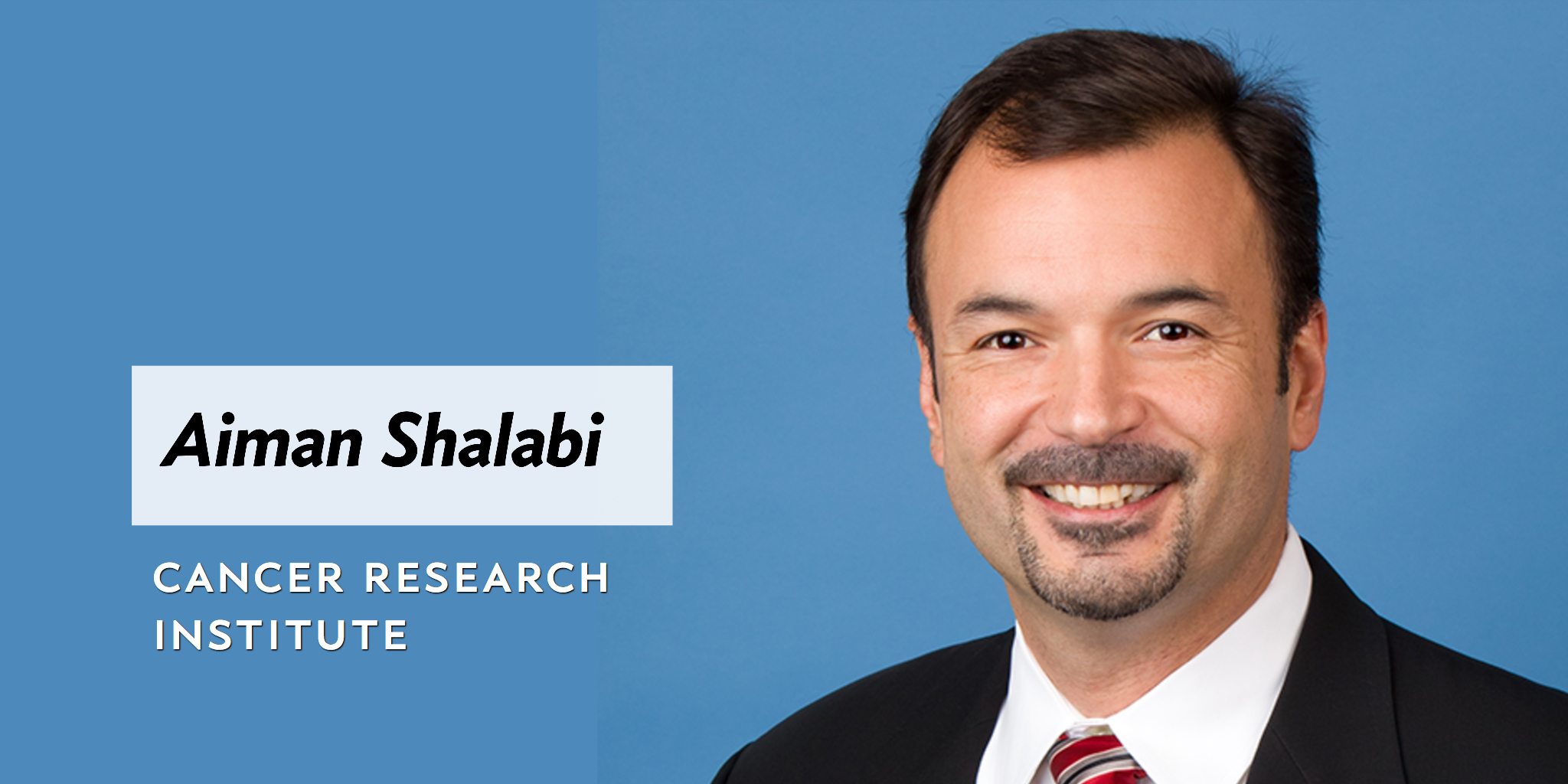
There are 2,004 cancer immunotherapies crowding into the pipeline. Now what?
Here’s a simple set of facts with some complex implications.
There were 469 new PD-1/L1 cancer checkpoint studies launched this year, which require 52,000 patients to fully enroll all of them.
On the one hand, researchers for the nonprofit Cancer Research Institute say, that sentence underscores the boom in immunotherapy that’s been transforming cancer treatment around the world.
But there’s more.
Unlock this article instantly by becoming a free subscriber.
You’ll get access to free articles each month, plus you can customize what newsletters get delivered to your inbox each week, including breaking news.